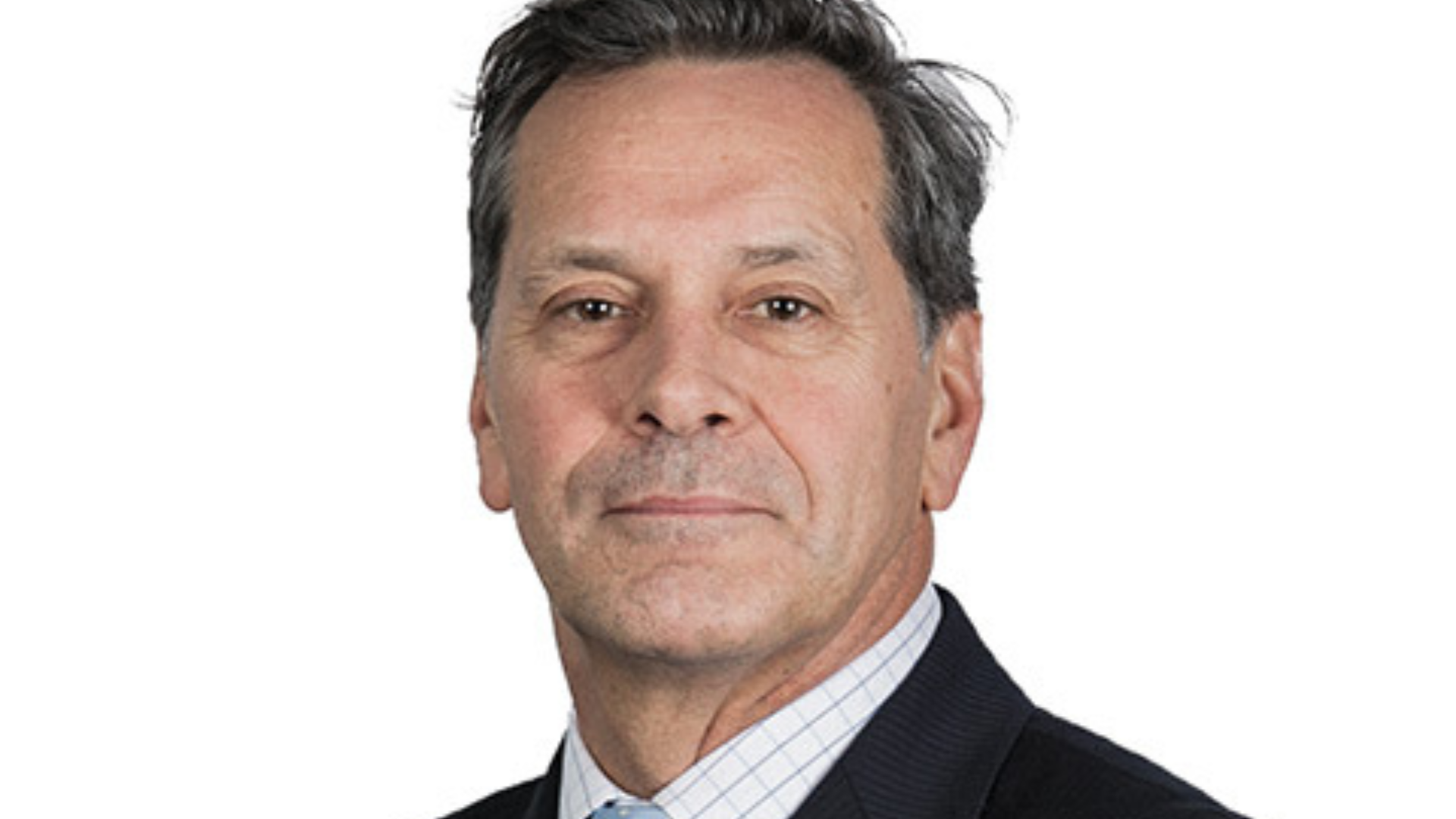Megafunds split on future of YFYS
The government’s latest consultation on Your Future, Your Super (YFYS) canvasses industry stakeholders on alternative designs for the performance test, including new single and multi-metric tests, as well as the positive and negatives of keeping to the “status quo”.
But the $315 billion AustralianSuper says that a single metric – like a simple reference portfolio or peer comparison – should replace the bevy of benchmarks against which super products are currently measured, with an eye to enabling “trustees and APRA to easily quantify the value delivered to members in an enduring way”.
“Whilst some in the industry have advocated for more asset classes and benchmarks to ‘neutralise tracking error’, this only serves to further eliminate the incorporation of asset allocation and portfolio construction decisions in the test,” AustralianSuper said in its submission to the government’s consultation on the design of the performance test. “Consequently, the test becomes an even more granular attribution exercise – where each fund compares itself against an increasingly granular and self-defined SAA.”
“Adding more asset classes/sub-asset classes, will likely result in the performance test becoming more permissive in measuring how effective the strategy has been in generating returns for members.”
That’s in contrast to the $280 billion Australian Retirement Trust (ART), which wants to keep benchmarking – albeit with some tweaks. ART believes the investment benchmarks selected by APRA are more reflective of the investment environment over the 20 years prior to their introduction than the one funds face now, and exclude inflation-hedging assets that could also be useful in retirement portfolios.
Inflation-linked bonds and commodities should both be benchmarked under a new test, ART says, and that test should continue to evolve as new asset classes develop, with processes introduced to ameliorate the risk from retrospective benchmarking.
“Superannuation funds have proven to be effective and innovative with respect to investment in emerging asset classes over many decades. Investments in emerging asset classes are made as an alternative to some traditional assets in portfolios,” the ART submission says.
“The success of those emerging alternative investments is most effectively measured by the return relative to the traditional assets foregone. This is an easy to understand framework and if able to be applied effectively should not limit the appetite for investment in emerging asset classes.
But both ART and AustralianSuper are in agreement that the “threshold for failure” shouldn’t be recalibrated either, and AustralianSuper doesn’t support changes to the test that allows it to deal with ESG and climate investments differently to the way it does any other types of investment risk; the pricing of climate factors is already a feature of financial markets, its submission says, citing the fact that the exposure to the energy sector in the MSCI World decreased from 12 per cent to four per cent in the decade from 2012 to 2022.
“We believe that the current test already provides sufficient motivation to innovate and seek out opportunities that support government transition activity,” the submission says. “Special treatment of climate risk/opportunity may cause adverse outcomes by impacting how capital allocation occurs in relation to the transition.”
AustralianSuper also believes a simpler test would prevent funds from “gaming” the test or disguising underperformance in one area with overperformance in another and that the multi-metric test proposed by some stakeholders would be less efficient.
“Using three metrics could open the door to watering down the effectiveness of the test and increasing the risk of gaming through increased complexity. Complexity in design of the test, such as having multiple steps or rules increases the risk that the test will not achieve its outcome of removing poor performing products.”











